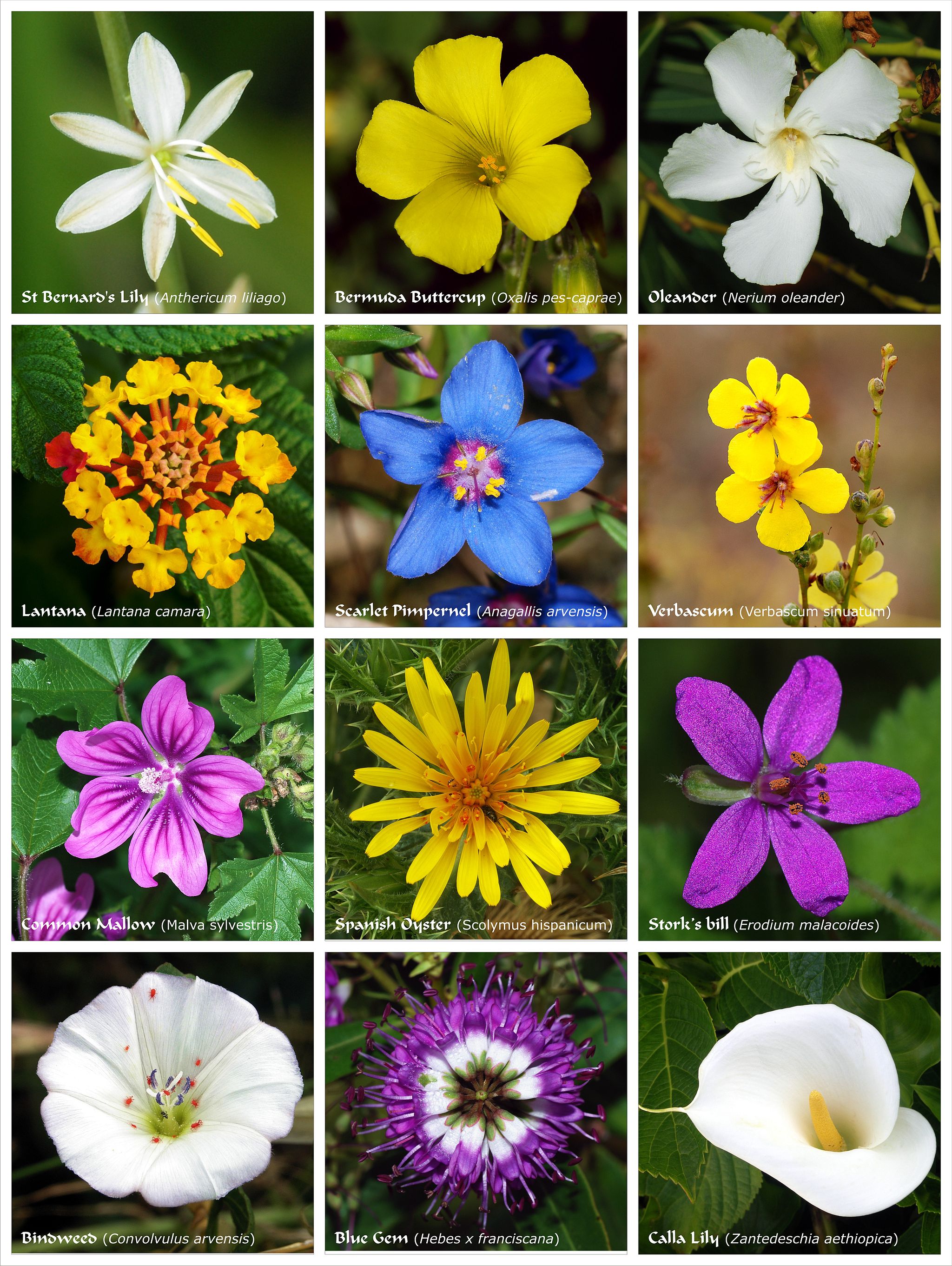Listen to Episode 57 on PodBean, Spotify, YouTube, or your favorite podcast place!
In the modern world, flowering plants are dominant in nearly all ecosystems, but it wasn’t always this way. The fossil record of these plants doesn’t offer many clues to their origins, but once they arrived on the scene they underwent one of the biggest radiations in life history. In this episode, we’re joined again by our friend Aly Baumgartner to discuss the Evolution of Angiosperms.
In the news
Three new species of recently-extinct mammals in the Cayman Islands.
Lice adapt camouflage against bird feathers, but only if the birds can pick them off.
Geologists might be able to use the rock record to infer planetary motions.
As human diet changed, our teeth changed, too, and it may have affected our language.
Flowering Plants
Think of a plant. It’s probably an angiosperm.
This group includes most trees, all grasses, all flowers, all crops, and basically everything that isn’t a conifer, fern, or moss (or moss-like plant). Nearly every biome on the planet – from grasslands to rain forests to deserts – is dominated by flowering plants.

Angiosperms are vascular plants that produce flowers and fruit. Flowers serve to collect pollen and produce seeds (in angiosperms the seeds are enclosed in external tissue), and fruit protects and nourishes the growing seed.
Flower evolution
In the early Paleozoic Era, the first land plants were small and mostly non-vascular (that is, they didn’t have a water transport system). By the late Paleozoic Era, large vascular spore plants developed vast forests. And as the Mesozoic Era got started, the plants in charge were gymnosperms and other seed-producing conifer-like and fern-like plants.
Fossil and DNA evidence suggest that angiosperms got their start by the Jurassic Period, but the earliest definite fossil evidence comes from the Early Cretaceous. This evidence includes pollen and the oldest definite flower fossil, Archaefructus. But clues about early angiosperm evolution are few, and many questions remain. Charles Darwin famously called the topic an abominable mystery.

Exactly where angiosperms got started is hard to know, since their early fossil record is so sparse. A few origin stories have been suggested: they may have gotten their start as opportunistic weedy plants in the understory of gymnosperm-dominated biomes; they may have originated in disturbed environments where other plants couldn’t cut it; or they may even have originated as aquatic plants similar to modern lilies.
By the end of the Mesozoic, angiosperms had established a proper foothold (roothold?) in the world and as the Cenozoic Era set in, in the wake of the K-Pg mass extinction, angiosperms seized their chance to diversify and radiate all over the globe.
One of the most fascinating aspects of angiosperm evolution has been their tight connection with animals. In an ingenious evolutionary move, flowering plants evolved to exploit the mobility of animals to disperse their pollen and seeds, while animals have enjoyed the bounty of nectar and fruit the plants provide. This has resulted in some incredible co-evolution, with plants and animals evolving closer and closer connections.
Plants evolve to attract animals while animals evolve to eat plants. The long proboscis of nectar-eating butterflies, the attractive colors and smells of flowers, the specialized pollen-holders of bees – all traits that evolved to facilitate this plant-animal relationship. Some animal species are specifically evolved to interact with one type of plant, and vice versa. Some modern-day plants are even relics of relationships with animals that are no longer around…

Learn More
A detailed, non-technical overview of plant evolution.
A recent study attempted to estimate the appearance of the earliest flowers (non-technical).
Another recent study identified a Jurassic plant that *might* be an angiosperm even older than Archaefructus (non-technical).
A technical overview of some modern cases of plant-animal co-evolution.
Follow Aly on Twitter!
—
If you enjoyed this topic and want more like it, check out these related episodes:
We also invite you to follow us on Twitter, Facebook, or Instagram, buy merch at our Zazzle store, join our Discord server, or consider supporting us with a one-time PayPal donation or on Patreon to get bonus recordings and other goodies!
Please feel free to contact us with comments, questions, or topic suggestions, and to rate and review us on iTunes!
It’s always great to have Ally Baumgartner on.
Maybe you can have her on to do something narrower than evolution of angiosperms, like evolution of orchids. There’s something so intriguing about them, especially those, such as the bee-mimic orchids, those orchids that look like bees (at least the parts concupiscent males care about ;)).
As for gymnosperms, pignoli nuts are from pine trees. They also cost a fortune, but are critical to pesto sauce.
LikeLike
We love Aly! She will definitely be back.
Orchids would make a great episode topic – they’re very popular. We’ll add your suggestion to the list!
LikeLike
I’d love to learn more about plant taxonomy, anatomy, and life! I see green stuff all OVER the place and I have no clue what it is. At least now I know most of them are angiosperms!
LikeLike
Us, too! No worries, we’ll surely have more plant episodes in the future!
LikeLike